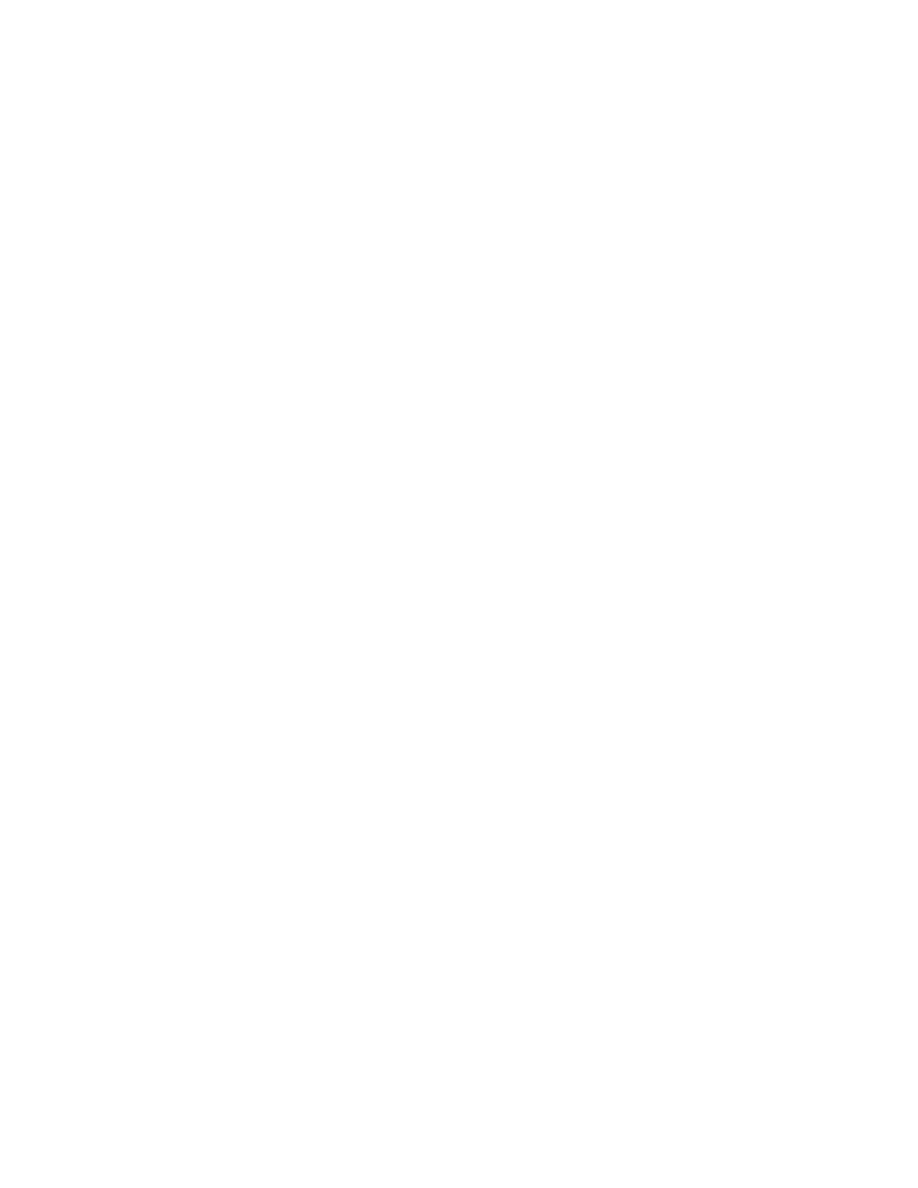
440
14 CFR Ch. I (1–1–14 Edition)
§ 61.81
(j)
Surrender. The holder of a special
purpose pilot authorization must sur-
render the authorization to the Admin-
istrator within 7 days after the date
the authorization terminates.
[Doc. No. 25910, 62 FR 40901, July 30, 1997, as
amended by Amdt. 61–123, 74 FR 34234, July
15, 2009; Amdt. 61–124, 74 FR 42557, Aug. 21,
2009]
Subpart C—Student Pilots
§ 61.81
Applicability.
This subpart prescribes the require-
ments for the issuance of student pilot
certificates, the conditions under
which those certificates are necessary,
and the general operating rules and
limitations for the holders of those cer-
tificates.
§ 61.83
Eligibility requirements for stu-
dent pilots.
To be eligible for a student pilot cer-
tificate, an applicant must:
(a) Be at least 16 years of age for
other than the operation of a glider or
balloon.
(b) Be at least 14 years of age for the
operation of a glider or balloon.
(c) Be able to read, speak, write, and
understand the English language. If the
applicant is unable to meet one of
these requirements due to medical rea-
sons, then the Administrator may
place such operating limitations on
that applicant’s pilot certificate as are
necessary for the safe operation of the
aircraft.
§ 61.85
Application.
An application for a student pilot
certificate is made on a form and in a
manner provided by the Administrator
and is submitted to:
(a) A designated aviation medical ex-
aminer if applying for an FAA medical
certificate under part 67 of this chap-
ter;
(b) An examiner; or
(c) A Flight Standards District Of-
fice.
§ 61.87
Solo requirements for student
pilots.
(a)
General. A student pilot may not
operate an aircraft in solo flight unless
that student has met the requirements
of this section. The term ‘‘solo flight’’
as used in this subpart means that
flight time during which a student
pilot is the sole occupant of the air-
craft or that flight time during which
the student performs the duties of a
pilot in command of a gas balloon or an
airship requiring more than one pilot
flight crewmember.
(b)
Aeronautical knowledge. A student
pilot must demonstrate satisfactory
aeronautical knowledge on a knowl-
edge test that meets the requirements
of this paragraph:
(1) The test must address the student
pilot’s knowledge of—
(i) Applicable sections of parts 61 and
91 of this chapter;
(ii) Airspace rules and procedures for
the airport where the solo flight will be
performed; and
(iii) Flight characteristics and oper-
ational limitations for the make and
model of aircraft to be flown.
(2) The student’s authorized instruc-
tor must—
(i) Administer the test; and
(ii) At the conclusion of the test, re-
view all incorrect answers with the
student before authorizing that stu-
dent to conduct a solo flight.
(c)
Pre-solo flight training. Prior to
conducting a solo flight, a student
pilot must have:
(1) Received and logged flight train-
ing for the maneuvers and procedures
of this section that are appropriate to
the make and model of aircraft to be
flown; and
(2) Demonstrated satisfactory pro-
ficiency and safety, as judged by an au-
thorized instructor, on the maneuvers
and procedures required by this section
in the make and model of aircraft or
similar make and model of aircraft to
be flown.
(d)
Maneuvers and procedures for pre-
solo flight training in a single-engine air-
plane. A student pilot who is receiving
training for a single-engine airplane
rating or privileges must receive and
log flight training for the following
maneuvers and procedures:
(1) Proper flight preparation proce-
dures, including preflight planning and
preparation, powerplant operation, and
aircraft systems;
(2) Taxiing or surface operations, in-
cluding runups;
VerDate Mar<15>2010
20:48 Jan 30, 2014
Jkt 232047
PO 00000
Frm 00450
Fmt 8010
Sfmt 8002
Q:\14\14V2.TXT
ofr150
PsN: PC150